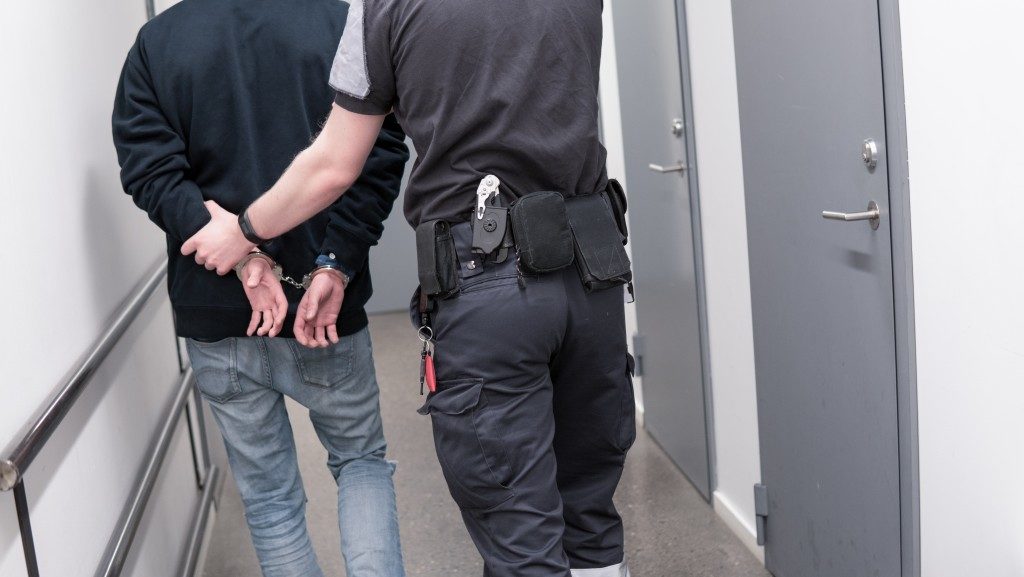When financier and convicted sex offender Jeffrey Epstein died in his jail cell at the Metropolitan Correctional Center, the incident received an onslaught of media attention. New York City’s medical examiner ruled the death as an apparent suicide.
Two weeks later, the family of Erika Rocha settled a wrongful death lawsuit against the California Institution for Women in Los Angeles. According to the family’s attorney, the state prison failed to provide care that could have stopped her from taking her own life.
An Alarming Increase of Numbers
Generally, suicide is a severe problem in the US, claiming the lives of over 47,000 people in 2019. It is the 10th leading cause of death in the country and the only non-natural cause of death on the list.
Data from 2014 showed the scale of suicide behind bars. That year showed a rate of 50 deaths per 100,000 inmates. Many believe that this rate continues to rise, but no one is sure because the Department of Justice stopped releasing new information that year.
Why Is This Happening?
About 2 million times each year, people with mental illness are admitted to jails around the country, according to nationwide initiative Stepping Up. Almost 75% of these inmates have issues with alcohol and drug use, making them more prone to depression.
According to the 2014 federal data, jails have a higher rate of suicide compared to state prison. Jails usually accommodate first-time offenders or people who committed low-level crimes.
Michele Deitch from the LBJ School of Public Affairs said that the “shock of confinement” is what makes inmates more prone to suicide. This is because of the anxiety of not knowing when they’ll be released, how their loved ones will react, or whether they still have a job once they’re released.
Lack of Support for Inmates

What’s most disturbing about suicides behind bars is that they’re mostly avoidable. However, most inmates never get the treatment they need. Sometimes, they are even denied from seeking support.
A contributor from the Daily News shared that officers generally take a long time to come to the aid of inmates when they attempt suicide. Then again, the guards do not have the training to deal with mental illness.
High-risk inmates are placed on suicide watch, during which they are moved to solitary confinement or chained. An assigned guard watches them around the clock, merely observing the inmate and not providing counsel or other forms of support.
Journalist Alisa Roth shared in her book, Insane: America’s Criminal Treatment of Mental Illness, that when therapy is available, it is managed under stressful situations. She described a session in a county city jail when therapy took place through the slots of a cell door. The therapist and inmate had to yell to each other to be heard, with neighboring inmates inadvertently eavesdropping on the session.
Jeffrey Epstein’s and Erika Rocha’s deaths by apparent suicide in their cells shed light on the ongoing problem of how prisons handle suicidal inmates. With the lack of investment in mental health care, inmates have no choice but to watch out for each other.
Until state prisons and correctional facilities find a way to prevent more suicides from happening, high-risk inmates are forced to accept that they are prisoners in their own mind, as well.

